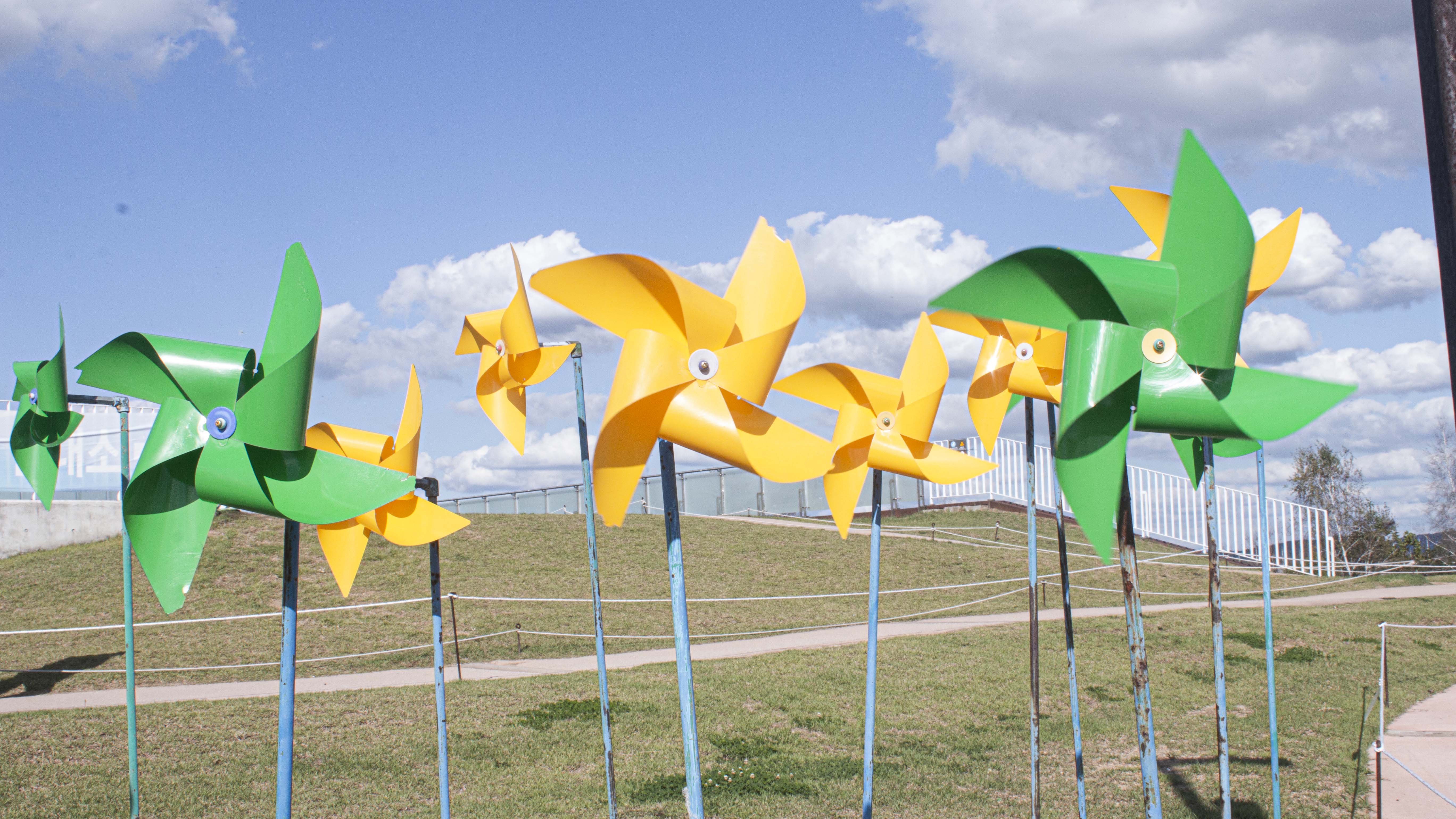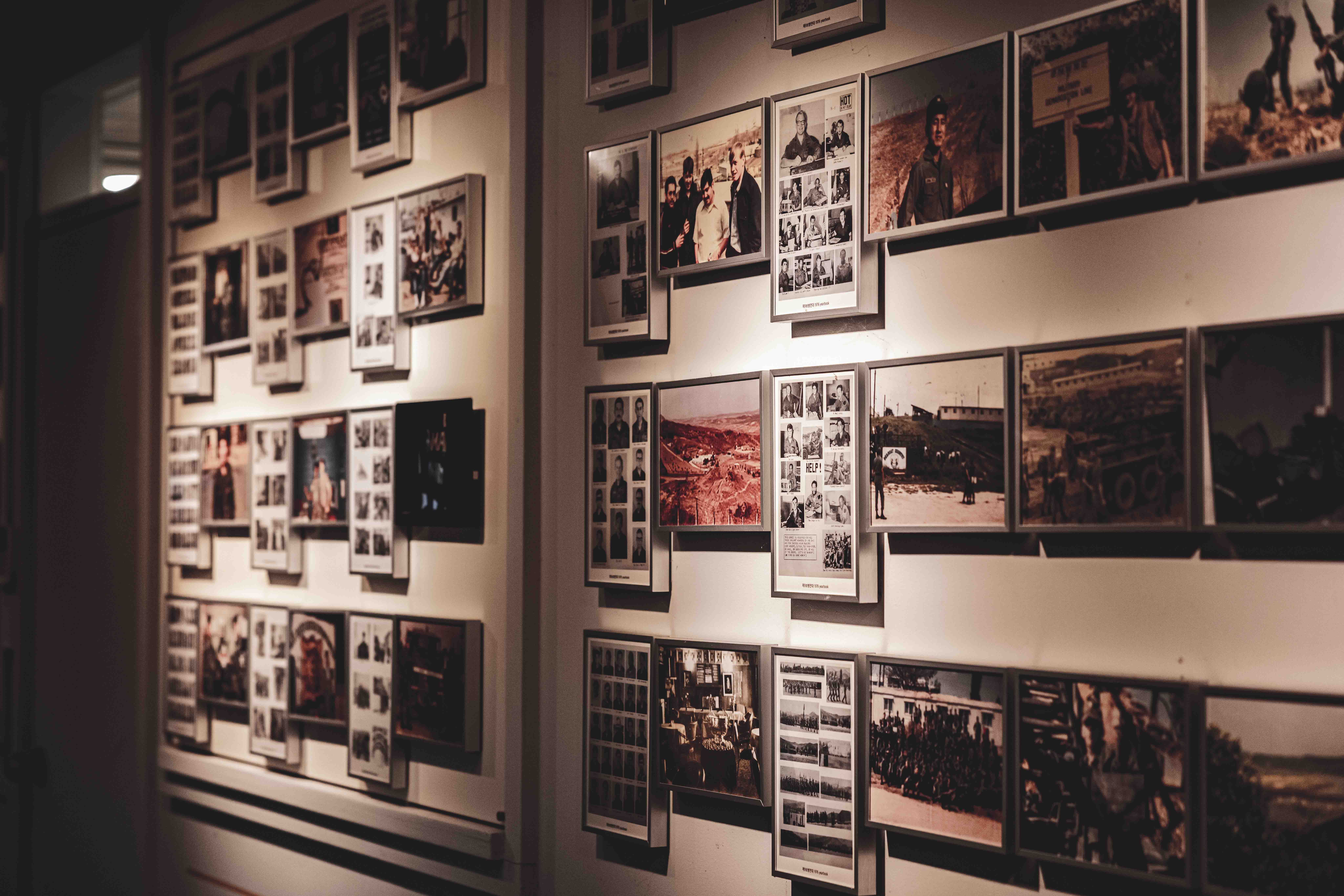About 26,000 days have passed since the outbreak of the Korean War, 1950. Sadly, the war didn’t end. Korea has been deeply divided for decades and technically still at armistice. Two Koreas have experienced their fair share of conflict, well beyond the Korean War. Vast stretches of the Demilitarized Zone (DMZ) have been no man’s land for more than 60 years, which was established in the 1953 Korean War Armistice Agreement. The zone was created as each side agreed to move their troops back 2,000m from the front line, the Military Demarcation Line (MDL), creating a buffer zone 4 km wide.
The South Korean government utilizes some parts of demilitarized zones and civilian control zones, offering a mix of historic monuments and ecologically preserved parks with tourist attractions under military security. As one of the last relics of the Cold War, the DMZ tour attracts a lot of global interest. According to the Korea Tourism Organization, an estimated 1.2 million visitors come to this historic area each year. While the DMZ comes as close to a combat zone as can be, there is usually no active military action. In fact, the main purpose of the zone is to foster peace, demonstrating that safety can be achieved without having to actively exhibit force. There are numerous troops, both from the north, south, and the United States who protect the territory and can be seen actively patrolling the region. However, for a tour of the DMZ, there is absolutely nothing to worry about as guided visits are permitted. Dividing the peninsula roughly in half, the 254-km-long zone isn’t just one of the world’s most heavily militarized borders but it’s also a must-see destination.
In this article, some parts of the DMZ tour organized by Gyeonggi Tourism Organization will be given. Hopefully, you can go on a certified tour on DMZ to learn all that is noteworthy in a safe and responsible way one of these days. Make sure to bring your identification card such as certificate of foreigner registration or passport because its unique position requires it.
-
Aegibong Peak EcoPark
Aegibong Peak is located at the northern tip of Gimpo city about an hour’s drive from the downtown area. The mountain is where North and South Korea engaged in a fierce battle at the end of the Korean War; after the battle, Korea was divided into two nations. Since the peak is still a restricted area, visitors must present their passport in order to be admitted. From the peak observatory, visitors can see an open view of North Korean territory, which is the closest view from the South.
The peak was transformed into a park under the theme of peace and ecology. In the past half century, the DMZ has been a prohibited place to reside so Several species of rare animals inhabit the inside of the zone. In an exhibition hall, you can find how one and only ecosystem is well-preserved and some historical information on the Jogang area, whose name is forgotten after the armistice agreement. You can experience some virtual reality and mixed reality about cultural remains in North Korea, too. Additional gardens with five different themes and a skybridge are under construction, which will be completed next June.
-
Imjingak Pyeonghwa Nuri Park
The Nuri Peace Park which stands facing the Imjin River, just south of the DMZ, was built in 1972 as a security tourist site to reflect upon the painful history of national division and showing aspirations to reunification. War-related symbolic sites such as the Imjingang Railroad Bridge, the Bridge of Freedom, Mangbaedan Alter where displaced North Koreans pay salute to their families in the North and Peace Bell, attract as many as millions of tourists every year. The Bridge of Freedom is a former railroad bridge which was used by repatriated prisoners and soldiers returning from the North. A steam locomotive is exhibited as one of the symbols of the tragic history of division. It has been standing still in the Demilitarized Zone since it was derailed by bombs during the war.
In a large peaceful ground in the park, there are crowded visitors, especially on weekends, who come for a picnic and to view the works of art on display. There are an outdoor stage and a cafe building built by famous architecture. The Hill of Wind, where the pinwheels of various colors are installed in a way that allows them to spin all at once, has become a symbol for the Nuri Peace Park and the longing for peace.
What makes the place even more interesting these days is the Peace Gondola that carries visitors across the Imjin River. The road to the Peace Observatory is inside the Civilian Control Line, making it a unique place that symbolizes the tragic reality of Korea‘s division. Those who want to ride the gondola are required to bring ID cards as it goes beyond the Civilian Control Line. Getting off the gondola and walking about 300 meters, you will see an observatory overlooking the Imjin River. The observatory gives visitors a panoramic view of the Demilitarized Zone.
-
Camp Greaves
Camp Greaves served as a camp base for the 506th US Second Infantry Division for about 50 years after the ceasefire agreement of the Korean War. Because of its history and cultural significance after the withdrawal of the U.S. military in 2004, Gyeonggi Provincial Government and Gyeonggi Tourism Organization remodeled it as a peace and security experience facility for civilians in 2013. The site was culturally regenerated into a youth hostel by utilizing existing buildings. It is the only accommodation located within a restricted area for civilians. The camp also offers diverse programs including educational programs.
The bowling alley where US soldiers once used was renovated into a gallery. Now an exhibition, ‘TIME LOST, TIME REGAINED’ is displayed in the gallery with artworks regarding the rains of war and division, ideological conflicts, and peace in the future. Quonset Huts used by the US military are still retained. Some of them are also remodeled as monument buildings including the Neutral Nations Supervisory Commission Museum and cenotaph for fallen U.S. soldiers on duty with a list of soldiers who died on duty at the DMZ.
During the tour on Camp Greaves, the officer from Camp Greaves told me a story about an American visitor who got to know that his father was deployed in the DMZ while sightseeing the gallery in the camp. The story you can face in the DMZ tour is not merely about documentary facts as the bygone past. It is still continuing in the present. It is hoped that you reminisce about the past and dream of the future through the present, while the things you go through during the tour retains the image of the past.





